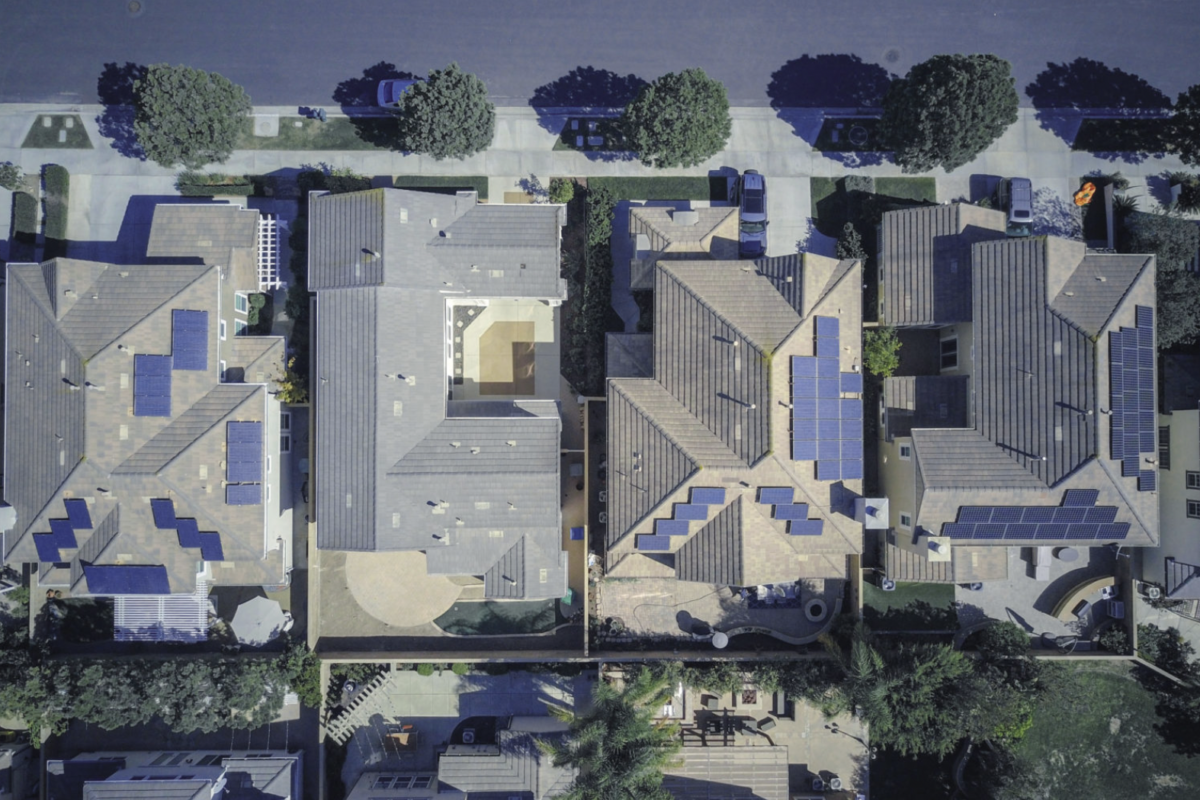A team of researchers has fabricated a semitransparent organic solar cell with a bifaciality factor of 99.1%, the highest reported in semitransparent organic cells to date.
Professor Wenchao Huang, one of the report’s lead authors, told pv magazine the researchers' semitransparent organic cell shows similar photovoltaic performance when illuminated from the bottom and top sides and exhibits excellent power conversion efficiency under low light-intensity conditions or with a low light incident angle.
The research team, from Wuhan University of Technology and Central South University, Changsha, developed the semitransparent organic cell based on silver nanowires (AgNWs) top electrodes with a bilayer electron transport layer that combined zinc oxide nanoparticles (ZnO) and PDINN, a cathode interlayer, to improve the interface between the active layer and the top electrode.
Semitransparent organic solar cells have attracted interest due to their high transmittance and high electrical conductivity, but the research paper says the deposition of AgNWs typically damages the underlying electron transporting layer, leading to poor interfacial performance.
In the research paper “A semitransparent organic solar cell with a bifacial factor of 99.1%,” published in Materials Today Energy, the team explains that the additional PDINN in their fabricated cell can fill surface defects in ZnO, which “prevents possible contact between AgNWs and the active layer and simultaneously facilitates electron extraction”.
The device achieved a 12.5% power conversion efficiency (PCE), which the paper calls “remarkable”, and an average visible light transmittance of 22.9%. By adjusting the acceptor-to-donor ratio and concentration of the active layer, the cell was also found to achieve the highest light utilization efficiency of 4.0% with a PCE of 9.5%.
The research paper concludes the cell provides a “straightforward solution for fabricating high-performance semitransparent organic cell based on AgNWs top electrodes”. “The colorful tunability and excellent bifacial photovoltaic behavior of our developed bifacial semitransparent organic solar cells is a promising candidate for BIPV (building integrated photovoltaics) applications,” added Huang.
This content is protected by copyright and may not be reused. If you want to cooperate with us and would like to reuse some of our content, please contact: editors@pv-magazine.com.




By submitting this form you agree to pv magazine using your data for the purposes of publishing your comment.
Your personal data will only be disclosed or otherwise transmitted to third parties for the purposes of spam filtering or if this is necessary for technical maintenance of the website. Any other transfer to third parties will not take place unless this is justified on the basis of applicable data protection regulations or if pv magazine is legally obliged to do so.
You may revoke this consent at any time with effect for the future, in which case your personal data will be deleted immediately. Otherwise, your data will be deleted if pv magazine has processed your request or the purpose of data storage is fulfilled.
Further information on data privacy can be found in our Data Protection Policy.